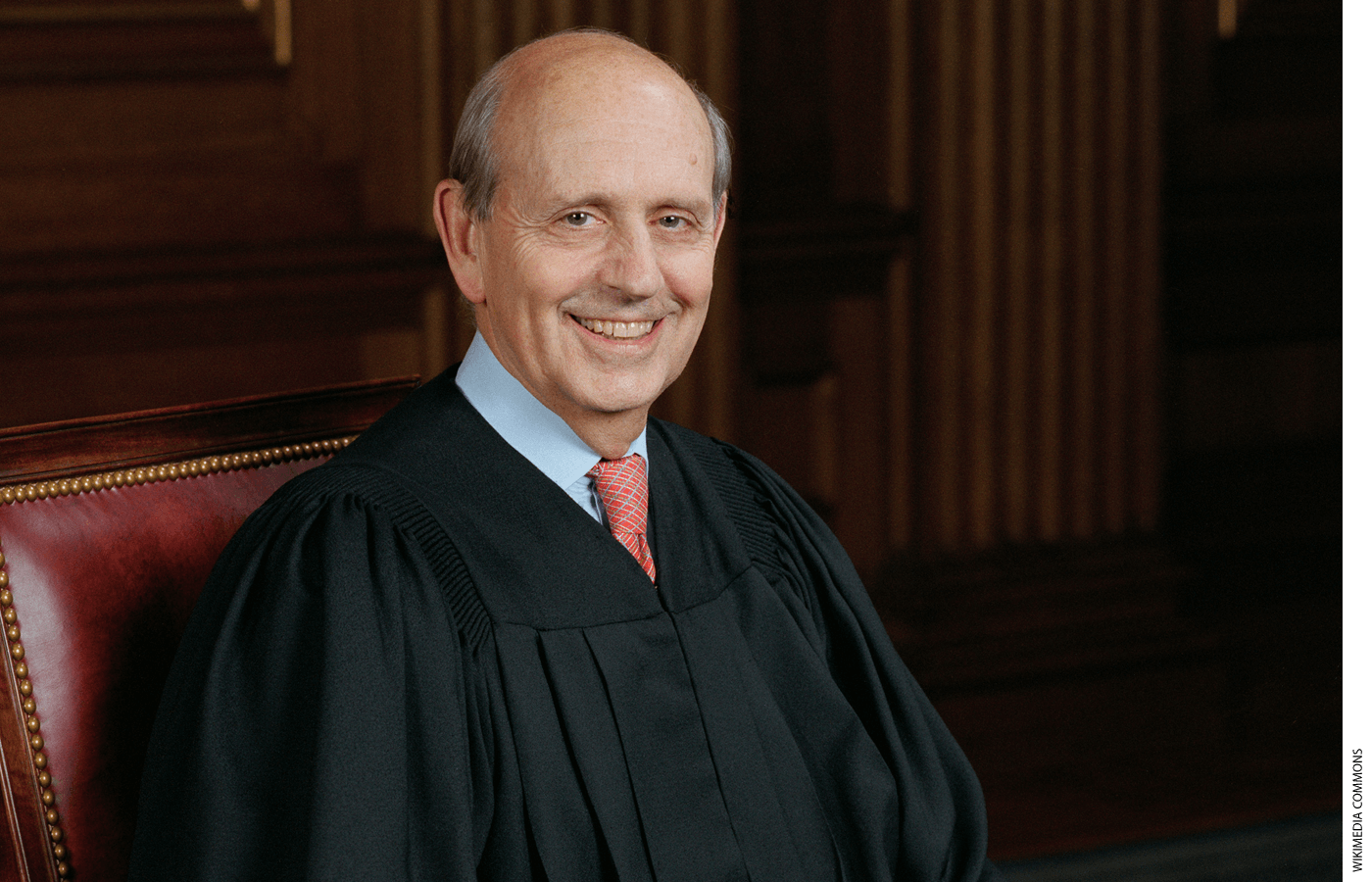
Last week, U.S. Supreme Court Justice Stephen Breyer announced his resignation. The senior member of the court’s “liberal bloc,” Breyer had been appointed by President Bill Clinton back in 1994. President Joe Biden will pick Breyer’s replacement and, absent some extraordinary development, the pick will quickly be confirmed by the Senate’s Democratic majority (and will probably receive a Republican vote or two).
While there’s always a lot of talk when a court seat opens up, it’s unlikely that Breyer’s replacement will have any noticeable impact on the court’s major education-related rulings. Breyer has been consistently left-leaning on hot-button educational questions like affirmative action and school vouchers, and it’s expected that his replacement will hold similar views (or perhaps be a notch or two to his left). The one caveat is that, as Ed Week’s Mark Walsh has reported, Breyer has been notably deferential to school administrators—and there’s no assurance that a progressive replacement will share that impulse.
Some have asked whether the White House’s split with Democratic Sens. Joe Manchin or Kyrsten Sinema could portend headaches on confirmation. It’s not likely. Both have been supportive of previous Biden court nominees, and Manchin (like Republican Sen. Lindsey Graham) has a history of supporting Supreme Court nominees he deems qualified, regardless of ideology. Manchin also said last week that he’s open to supporting a nominee more liberal than he is. So, neither Manchin nor Sinema are likely to be a problem for the president.
The confirmation process has implications for the broader Democratic agenda. The best case for the Biden team is that the nominee is well-received, there’s a smooth confirmation process, the base is pleased and cuts Biden some slack, and the president gets some mojo back. If so, the White House could then try to use that momentum to coax Manchin and Sinema into passing a cutdown version of Build Back Better, with pre-K potentially a big part of that.
But it’s more likely that, even if everything goes well, filling Breyer’s seat will make it harder for the White House to move Build Back Better 2.0 or anything else. Democrats have had trouble getting much done in the 50-50 Senate, and Majority Leader Chuck Schumer has been lambasted by the left and right for his stumbling stewardship. Given that, the nomination and confirmation process is likely to soak up most of the majority’s bandwidth over the next few months, making it tough to hammer out a spending agreement and get the legislative process rolling. Meanwhile, delivering their make-or-break votes for a liberal nominee will put Manchin and Sinema in a position to tell the White House, “I did you a solid. Now back off.”
That means that even a big win on the Breyer seat might not do anything to help the White House move Build Back Better or other spending proposals—including ones that could impact education.
Frederick Hess is director of education policy studies at the American Enterprise Institute and an executive editor of Education Next.
This post originally appeared on Rick Hess Straight Up.


